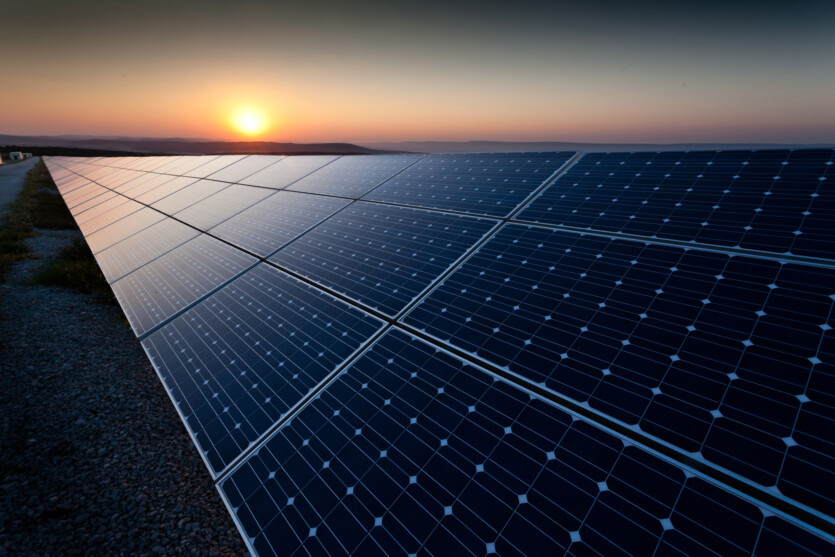
U.S. energy officials have discovered hidden communication devices in solar energy equipment supplied from China. These are primarily inverters used to connect solar panels and wind turbines to power grids, as well as batteries, heat pumps, and chargers for electric vehicles.
Although the inverters are designed to allow remote access for updates and maintenance, utilities using Chinese versions usually use firewalls to prevent direct communication with the country. However, in some models, experts noticed unauthorized communication devices that were not specified in the product documentation, Reuters reports with reference to own sources in US energy institutions.
Over the past 9 months, undocumented communication devices (including cellular radios) have also been found in solar panels from several Chinese suppliers. The exact number of inverters and batteries tested, as well as the names of the suppliers, were not provided by the source.
The initial threat of such devices is that they can allow remote firewall bypassing, and then the use cases can unfold in different ways. One of the options is to remotely turn off inverters or change their settings in order to destabilize the power grids or damage the US energy infrastructure by putting some regions into blackouts.
«This actually means that there is a built-in way to physically destroy the network»,” said one of the publication’s interlocutors.
The U.S. government has not publicly acknowledged the revelations. In response to Reuters’ request for comment, the Department of Energy said that it «continually assesses the risks» associated with new technologies and that «there are significant difficulties» with disclosure and documentation of functionality by manufacturers.
«We know that China sees fit to put at least some elements of our core infrastructure at risk of destruction or disruption,» said Mike Rogers, former director of the US National Security Agency. «I think the Chinese are partly hoping that the widespread use of inverters limits the West’s ability to address the security problem».
Given the growing tensions with China, the United States and other countries are reconsidering the possibility of Chinese supplies for strategic infrastructure. In February, two senators introduced a bill that would prohibit the Department of Homeland Security from purchasing batteries from certain Chinese organizations starting in October 2027 (it has not yet been passed).
According to Wood Mackenzie, China’s Huawei is the world’s largest supplier of inverters, accounting for 29% of global shipments in 2022 (followed by Sungrow and Ginlong Solis, also two Chinese companies). Since 2019, the United States has restricted Huawei’s access to US technology due to a threat to national securityGiven that Chinese law obliges local manufacturers to cooperate with intelligence agencies, these concerns are clearly not unfounded.
What is the situation in other countries? Currently, more than 200 GW of Europe’s solar capacity is connected to inverters made in China, which is equivalent to more than 200 nuclear power plants.
Countries such as Lithuania and Estonia have already recognized the energy security threats posed by China, and the former passed a law in November that blocks the country’s remote access to solar, wind, and battery installations over 100 kilowatts, with Chinese inverters being used as standard. Kaupo Rozin, Director General of the Estonian Foreign Intelligence Service, stated that their country could be under the threat of blackmail from China if it does not ban Chinese technology in key sectors of the economy, including solar energy. In the UK, meanwhile, a government review of Chinese renewable energy technologies — including inverters — is underway.

Spelling error report
The following text will be sent to our editors: